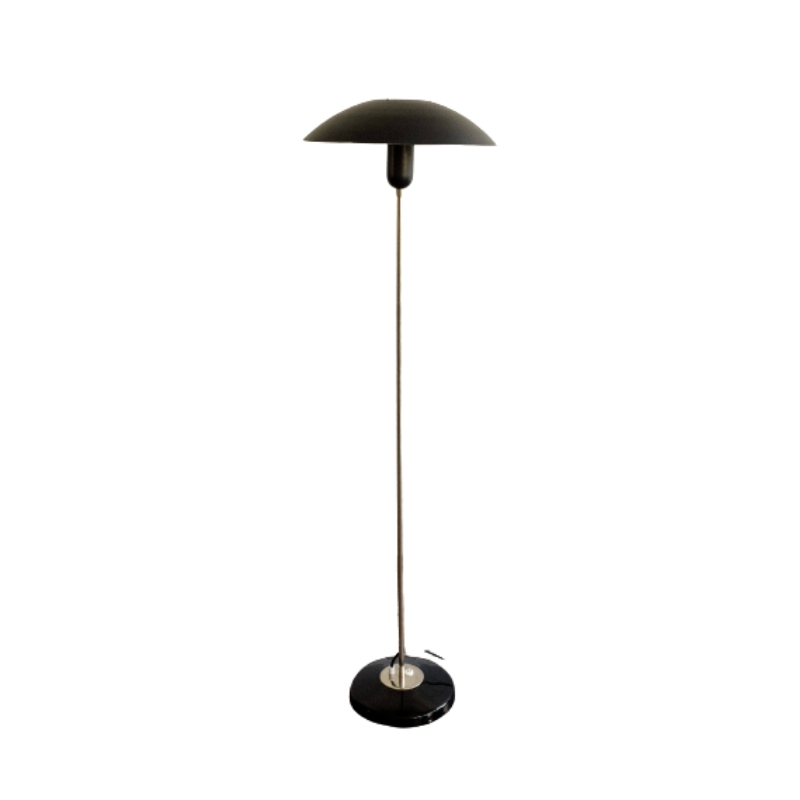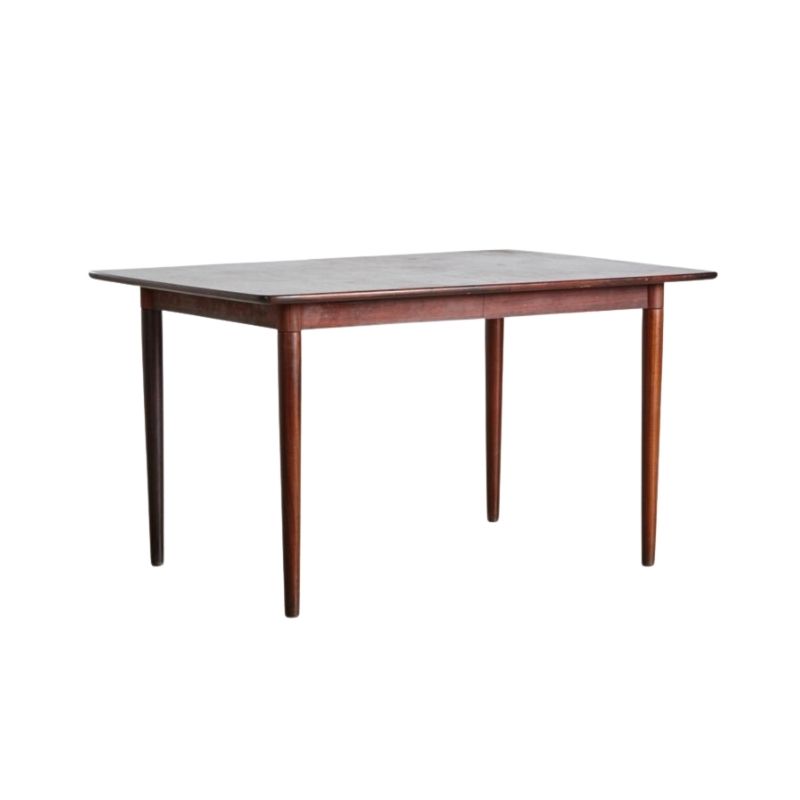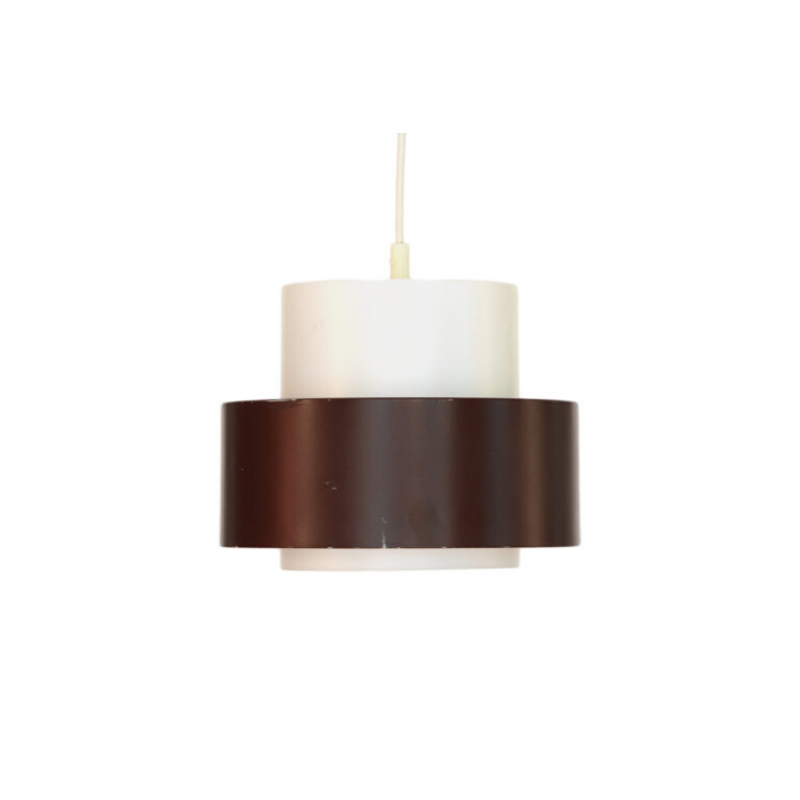I was thinking that the idea of furniture reproductions really isn't limited to 'classics' and is much more interesting than it seems.
There are hundreds of makers of reproduction Shaker and Mission furniture around, I don't find this bothersomee at all, skill and attention to detail is required to produce it and for the most part the attention to quality is obvious. These designs are although not recognisably 'modern' have had their fair share of influence, even now, where does influence end and reroduction begin? I saw a chair a while ago that was structurally identical to a Brno chair but was lower and wider with a larger recline, quite nice to look at and simply a tweaked reproduction, but done with sensitivity.
There are also some (not entirely convincing) arguments against protecting intellectual property rights ( http://libertariannation.org/a/f31l1.html). The example of the Wright brothers is interesting too and I'd have to say trying to protect something like anti-retro viral drugs for hiv infection doesn't sit too well
I doubt if
Stickley's great great grandchildren could successfully sue for exclusive ownership of the Stickley Arts & Crafts furniture.
Similarly,no one at Tiffany seems interested or legal capable of stopping all of the 'Tiffany"-like knockoff lamps being hawked all over the world.
Austria's Whittmann furniture seems to have no interest in trying to stop the Josef Hoffman furniture being knockoffed, either.
I don't know at what approxiate date that all possible rights seem to disappear.
.
A lot of that furniture has over time been improved and adapted, a great way to go, eg. the Brno chair mentioned above. Or the shaker 'cocktail' table I saw a while ago. The cheap copies don't seek to do this at all, I can't really work out what the point of it is.
Its as if the idea of a 'modern classic' evolving into something else or something better is almost impossible, they are just stuck in time.
I'm not sure how long copyrights last for furniture
but I should think that as long as Herman Miller, for example, stays in business, they should have first rights to keep Eames and Nelson classics in production, providing that there is a market and arrangements with the designers' desendants can be ironed out.
When an entire line of furniture - for example, the Eileen Gray pieces have gone out of production, and presumably, the furniture companies who originally produced them go out business, and probably the heirs of the Gray estate can't be located, then anyone would have the right to produce them. That seems to be the case with Eileen Gray.
Certainly, Fritz Hansen maintains utter control on Arne Jacobsen and Poul Kjaegerholm, and Artek with Alvar Aalto.
Translation vs. Reprinting
First off, Barry - Aram in the UK produces licensed Eileen Gray Furniture. See link.
Secondly - furniture doesnt fall under copyrights. Copyrights are primarily applied to text, images, and music (?). Patents are applied to mechanics/innovations. TradeDress is the term that is applied to furniture.
TradeDress is applied to the appearance, design, arrangement, colors, etc of a product, and is intended as a consumer protection against misrepresentation - so the consumer doesnt buy "x" thinking they are getting "y". Some objects have been granted Incontestable Status - which means that they are considered permanently tied to the brand that produces them. (like the CocaCola glass bottle)
There is also an artistic protection called Moral Rights. Moral rights protect the integrity of the artist's reputation. The theory is that if someone else alters a Monet, for example, it would affect Monet's reputation and the perception of his work. Unfortunately this protection doesn't apply to furniture design, altho I think it is the most logical reason to avoid knock-offs, especially Modernism, because in most cases the form of the piece is tied to its designer "Mies - Barcelona; Eames - L&O; Noguchi - coffee table" -not necessarily it's maker.
As most people know I argue against knock-offs on principle. But I'm not opposed to things being influenced by, echoing, or riffing on classic pieces. Just don't be lazy and all-out-copy.
To address Heath's concern about being stuck in time, I both agree and disagree. While items like the Eames Lounge do not evolve, the vernacular of Modernism does. And it has evolved both in terms of plywood, as well as plywood lounge chairs.
However, there must always be the original. Imagine if all kids ever knew of Sleeping Beauty was the Disney movie - not the original Grimm version. And imagine if someone could take some pieces of Shakespeare, change some things, rearrange others, and still LABEL it Shakespeares work.
So Blu Dot's Buttercup chair 'translates' the modern/plywood/lounge story, with a nod both to the Eames and also to Greta Jalke; while Herman Miller reprints the original story.
http://www.aram.co.uk/acatalog/About_Aram_Our_Story.html
If you need any help, please contact us at – info@designaddict.com









